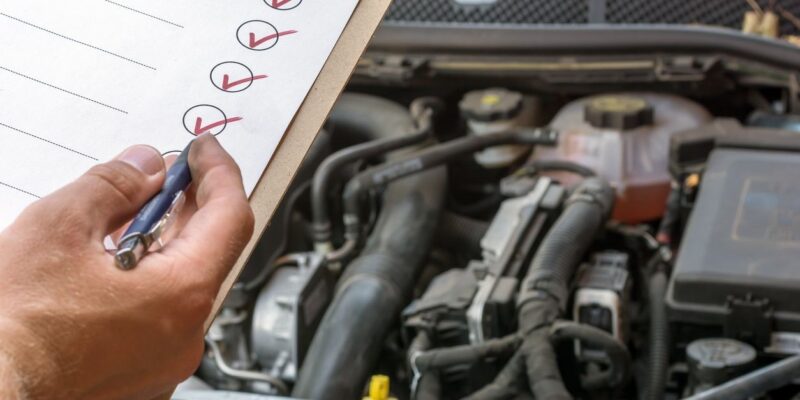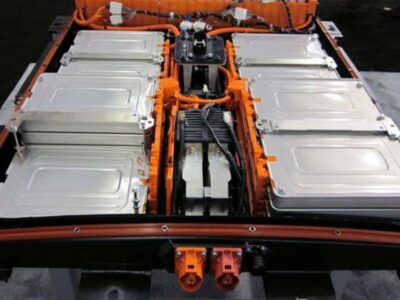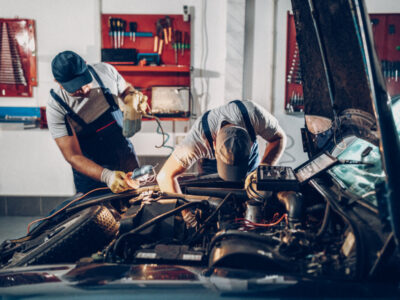Your automobile is a complex machine accompanying numerous affected parts all working together lithely. However, sometimes, unfamiliar noises can stem from your vehicle, indicating a potential issue that demands attention.
Understanding the root cause of these sounds can help you address them promptly, guaranteeing your car’s smooth movement and preventing damaging repairs down the line.
Identifying Common Noises
· Whining or Whirring
If you hear a high-pitched whine or make a buzzing sound while driving, it may indicate issues accompanying your transmission or capacity steering plan. Low power guiding fluid levels or worn-out transmission elements may be the fugitive behind these noises.
· Grinding or Growling
An abrasive or growling noise frequently suggests questions with your braking whole. Worn brake pads, damaged rotors, or lack of lubrication can lead to these disturbing sounds. Ignoring them can compromise your jeep’s safety and influence extensive brake repairs. Auto Mechanic in Prescott Valley, AZ can help you to fix any kind of problems.
· Hissing or Sizzling
A booing or sizzling sound commit indicates a leak in your vehicle’s abating system. Check for coolant puddles beneath your jeep or a decrease in coolant levels. Addressing cooling structure leaks promptly can bar overheating and engine damage.
· Rattling or Clunking
Rattling or clunking explosions while driving over collides or rough landscapes may signal issues accompanying your suspension system. Loose or exhausted suspension elements, such as stabilizer bar links or struts, can result in these unsettling sounds. Failing to address delay problems can compromise your auto’s handling and ride comfort.
· Squealing or Screeching
A piercing squeal or scream when applying the brakes displays worn brake pads or glassy brake rotors. In some cases, promiscuous belt pulleys or a failing serpentine belt can likewise produce similar roars. Prompt brake inspection and sustenance can prevent further damage to your braking scheme.
Diagnostic Steps
· Listen Carefully
Pay attention to when the noise happens, whether it’s during increasing speed, braking, or turning. This can help define the affected structure or component.
· Inspect Visual Cues
Check under the hood and beneath your automobile for leaks, loose parts, or signs of wear. Visual inspection can specify valuable clues to the source of the clamor.
· Consult a Professional
If you’re unable to label the cause of the noise or if it prevails despite your exertions, seek the knowledge of a qualified mechanic. They can conduct an inclusive diagnostic evaluation to diagnose the issue correctly.
· Preventative Maintenance
Regular maintenance is key to forbidding strange roars in your car. Keep up with due service breaks, such as lubricate changes, brake inspections, and fluid checks. Addressing minor issues promptly can prevent them from increasing into major questions that manifest as unusual sounds in your car.
Conclusion
By enlightening yourself with accepted car cries, conducting orderly visual inspections, and pursuing professional help when needed, you can hold your vehicle running flat and address potential problems before they increase. Remember, proactive support is the key to a healthy and quiet-running car.








Comments